
In its early stages, a company has but a handful of employees.
Based on instinct and limited knowledge, compensation decisions are often made arbitrarily during this formative period.
More often than not, the workforce expands exponentially after that, and the intricate and diverse needs of a vast employee base cannot be appropriately addressed through random factors alone, leading to a lack of objective compensation structure.
With this comes issues like pay disparities, one of the primary reasons for employee discontent. There is a theory by John Stacey Adams, the Equity Theory, that employees who feel their contributions are not duly rewarded tend to become disengaged due to a lack of workplace equity.
This article will discuss the role of pay equity software and how it can help you achieve a fair and transparent compensation structure for your employees.
Pay equity software is an AI-driven solution that helps organizations create a more fair and equitable pay structure for their employees. It also helps you understand the deep-rooted biases in your compensation structure to reduce the pay disparities existing in your organization by doing an equity analysis.
Pay equity software integrates with the existing HR systems in an organization to derive real-time data on compensation and benefits to help detect any pay inequities and hence gives you a chance to adjust your pay bands to create equitable workplaces.
There are numerous benefits of using pay equity software:
Studying the right metrics is important to establish a streamlined process of eliminating pay disparities. Let’s have a look at some of the major pay equity analytics that you need to consider when planning your employee compensation:
An unadjusted pay gap determines the total difference in average compensation between two specific groups like different ethnicities, races, genders, and more factors. This study can be done by using pay equity analysis software and create more inclusive workplaces.
Adjusted pay gap is a study of pay inequities arising due to factors like job levels, job roles, functions, geographies, and more. This pay gap can be calculated through regression analysis where employee compensation is the dependent variable and the factors mentioned above are independent variables.
A compa-ratio analysis is one of the best ways of detecting pay disparities existing within an organization. There are several ways to study the compa-ratio of employee compensation:
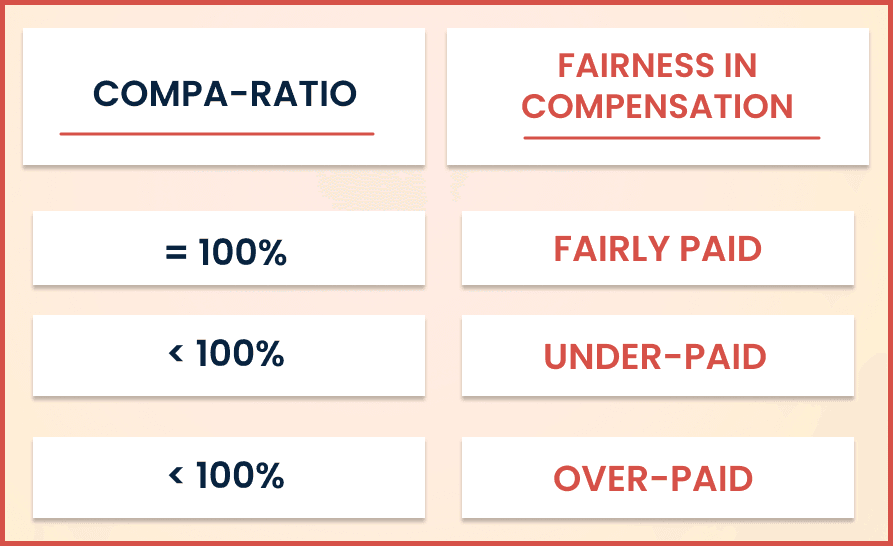
Understanding overall patterns in your equity audits is the key to reducing pay disparities in an organization. Doing a pay distribution analysis will help pay equity experts understand the existing trends in your salary distribution by finding various clusters like:
Time in Position (TIP) and tenure analysis is an automated analysis that helps compensation professionals find how long an individual employee has been in a role without getting a promotion. Let’s have a look at some of the terms related to TIP:
Average TIP by Demographic - If the average TIP is longer, this indicates delays in promotions and a situation of under-compensation that needs to be rectified with equitable pay practices.
Tenure-Pay Correlation - This is used to compare the pay of employees with similar tenure to adjust any pay gaps that were detected in the organization with equity solutions.
Let’s talk about some features that you should consider while choosing pay equity software for your pay equity issues:
CompUp is a compensation management solution that has multiple features that help organizations move towards fairer compensation practices with a detailed action plan.
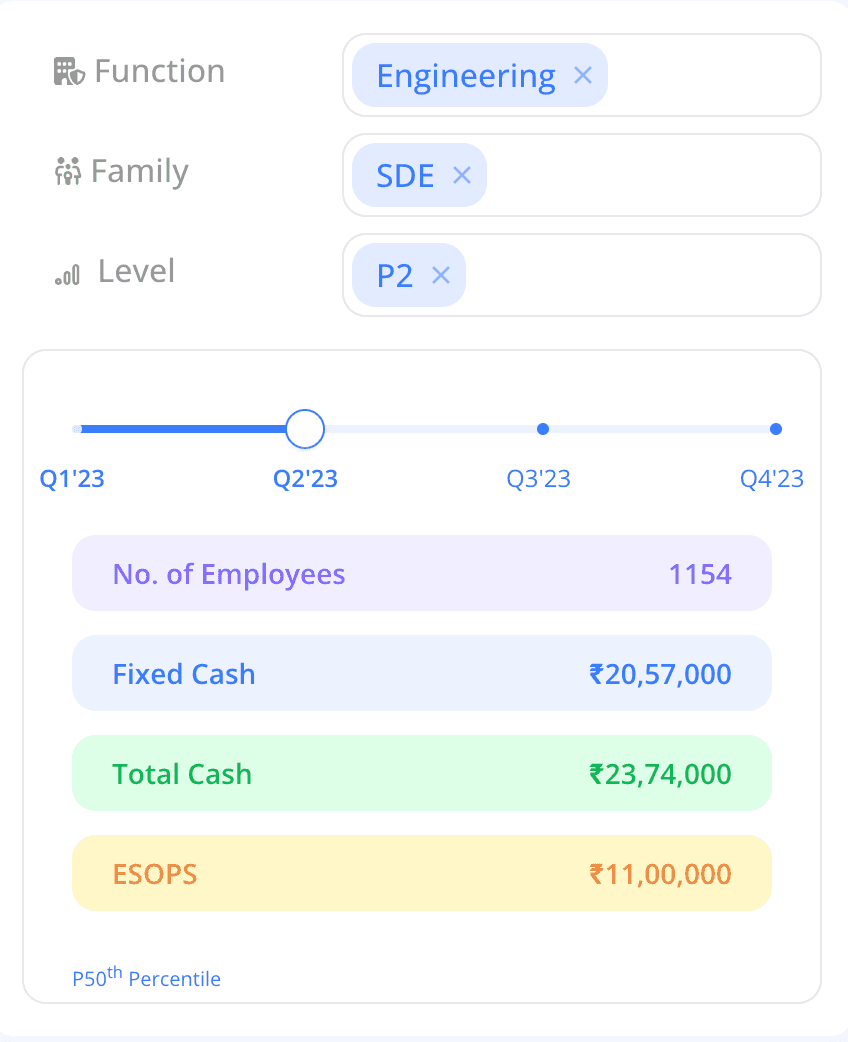
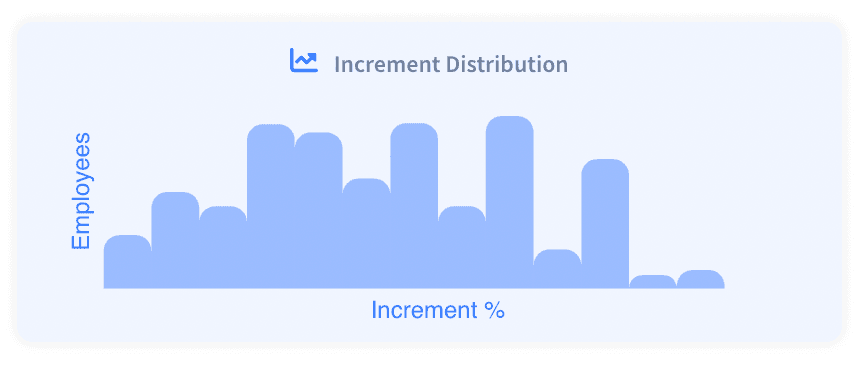
CompUp also allows companies to do specific pay gap analysis based on factors like gender, race, ethnicity, and more for a better grasp of the pay inequities existing within the organization. The advanced analytics leads to companies making informed decisions in their compensation planning. 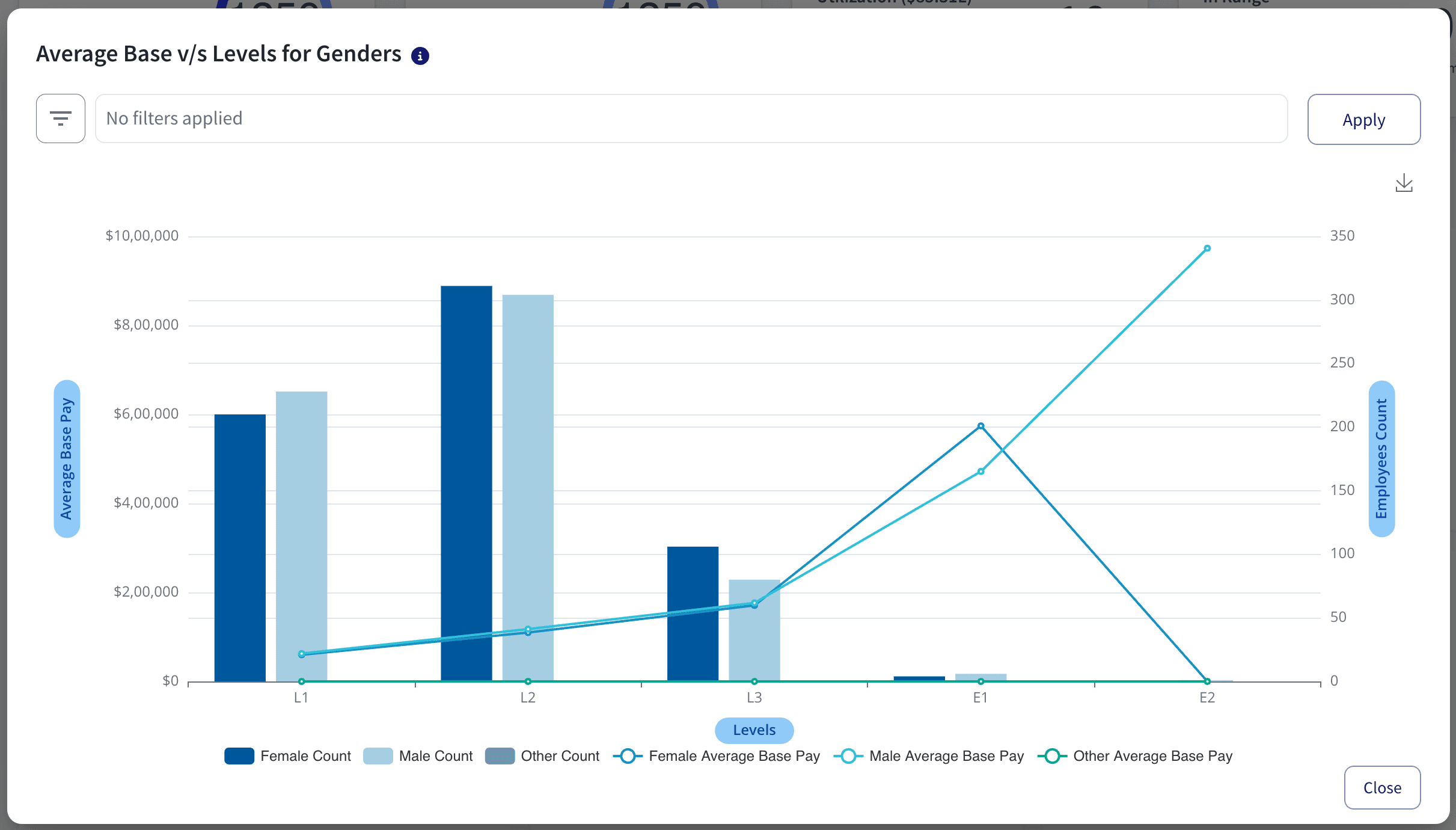
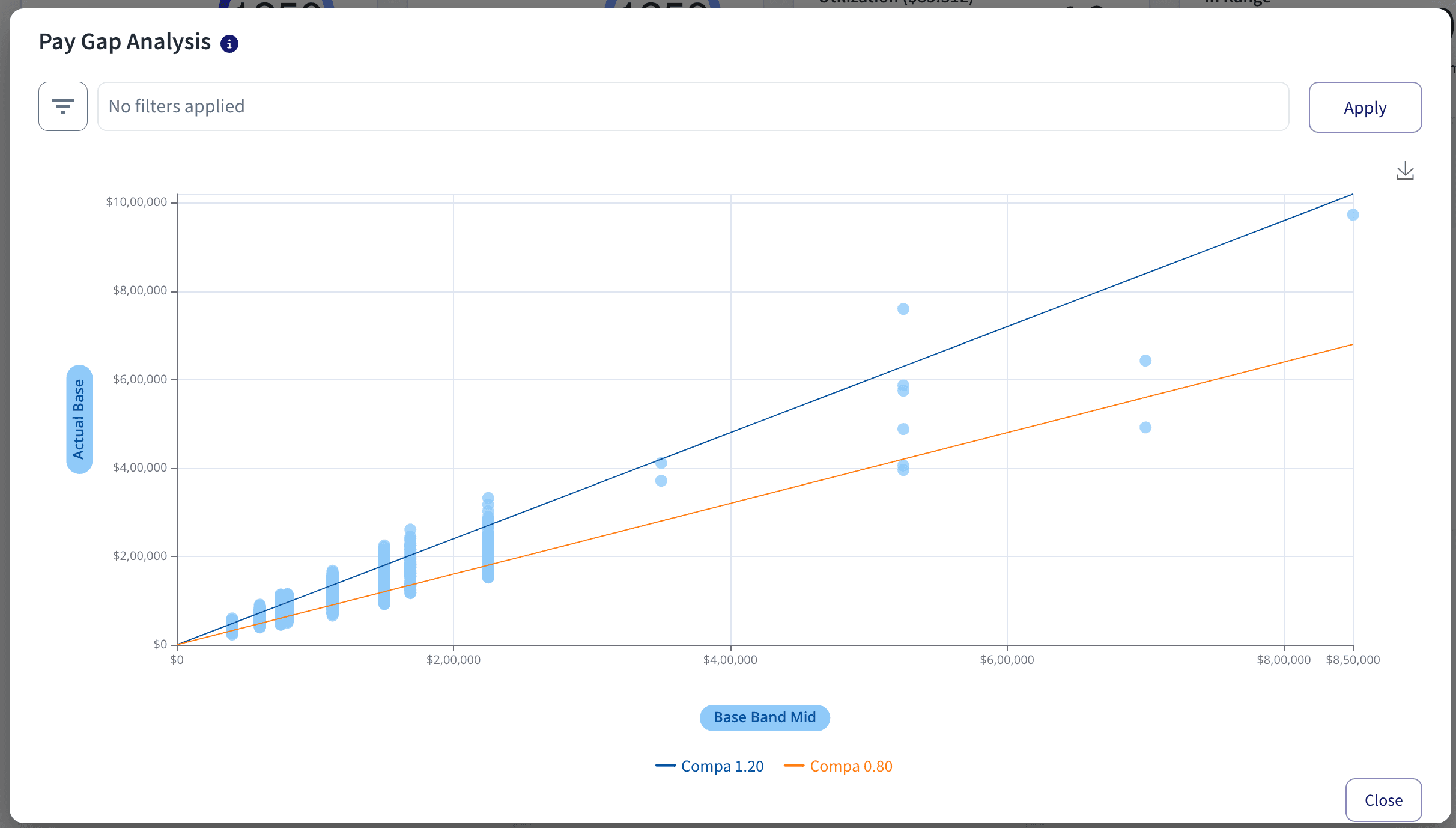
Try the platform now to learn more about how CompUp can help you make fair pay a reality for your employee lifecycle by bringing in a pay equity revolution. 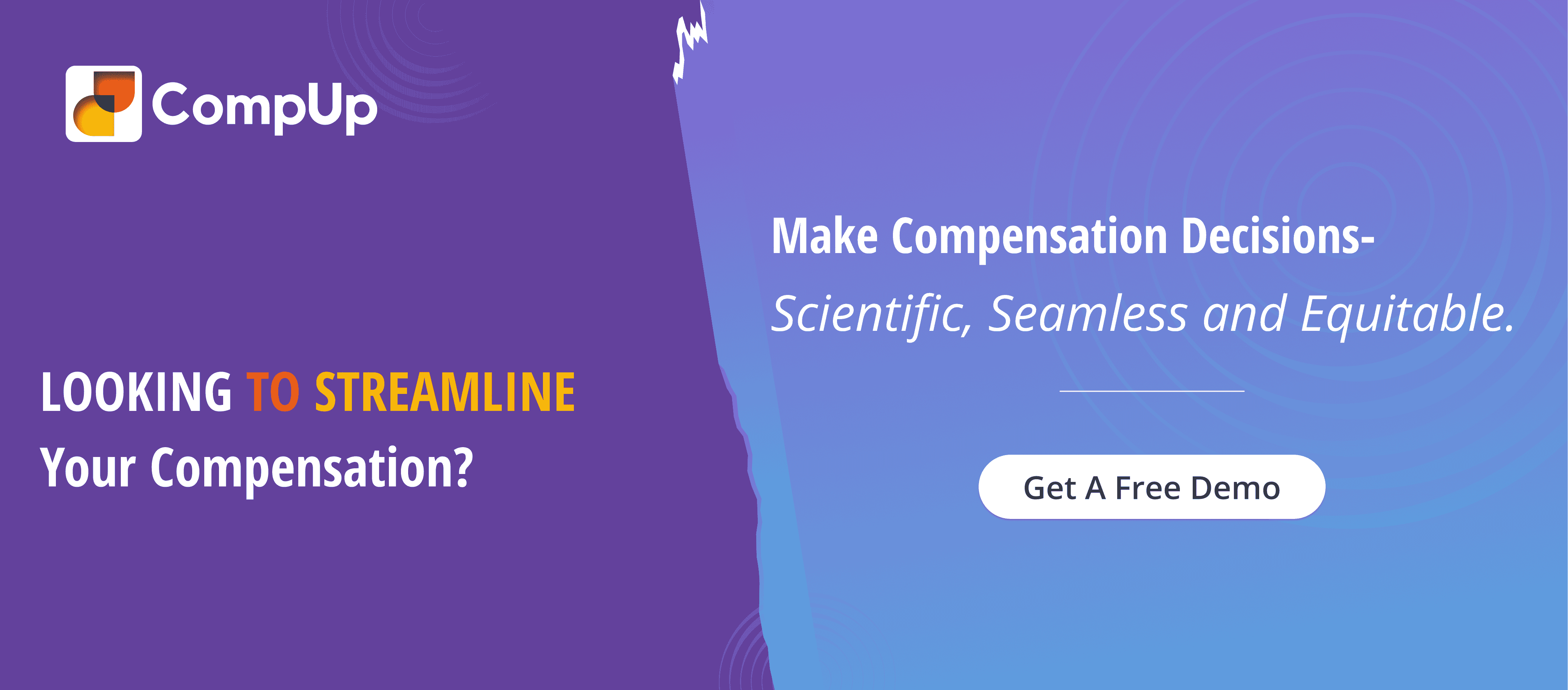
Revolutionizing Pay Strategies: Don't Miss Our Latest Blogs on Compensation Benchmarking